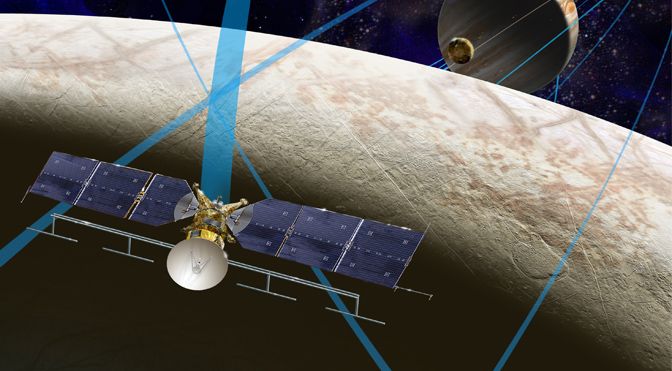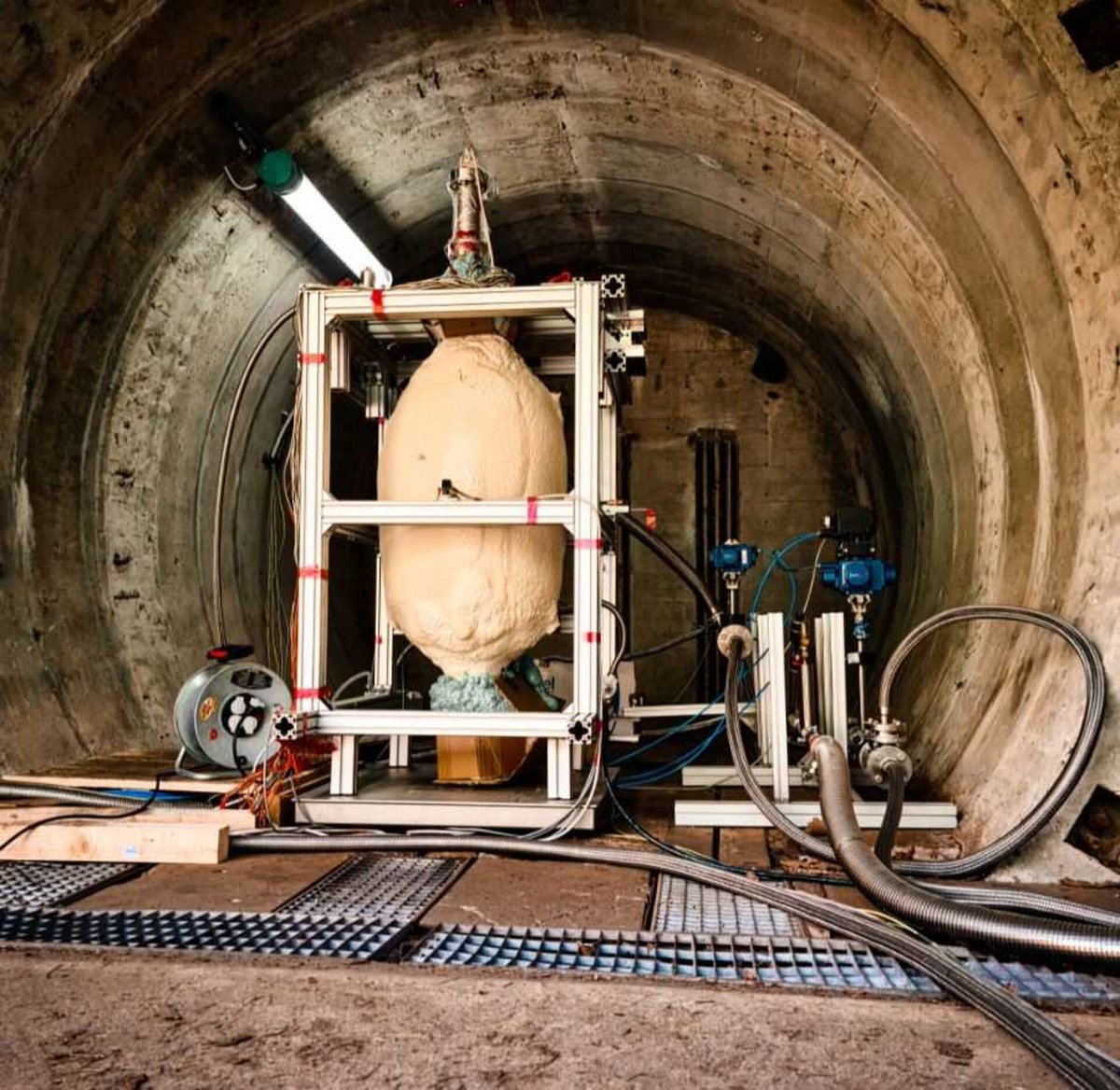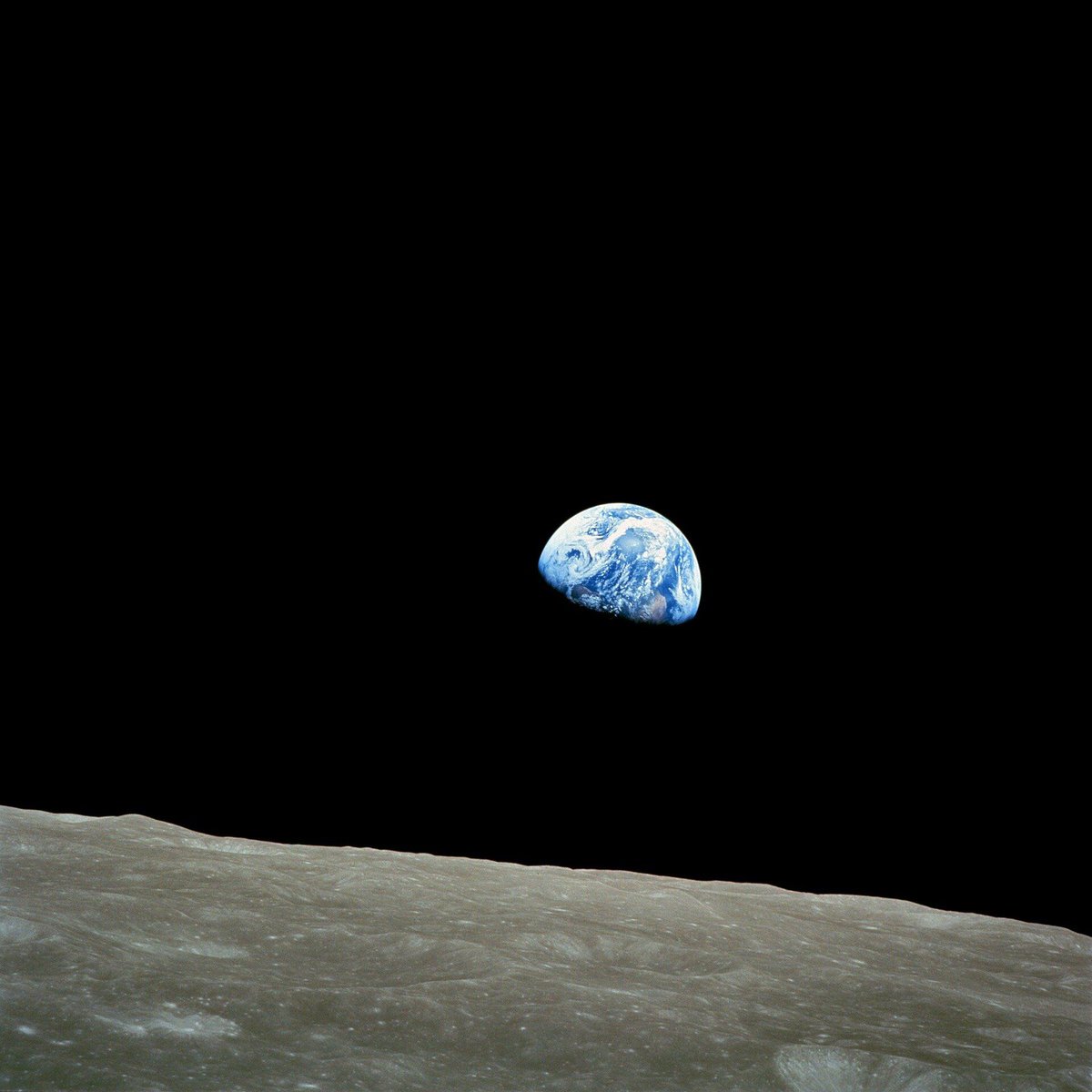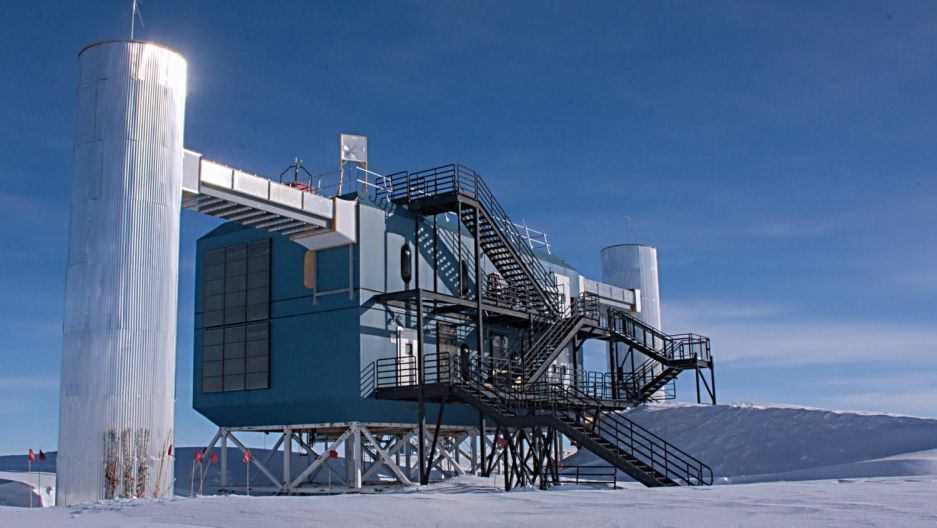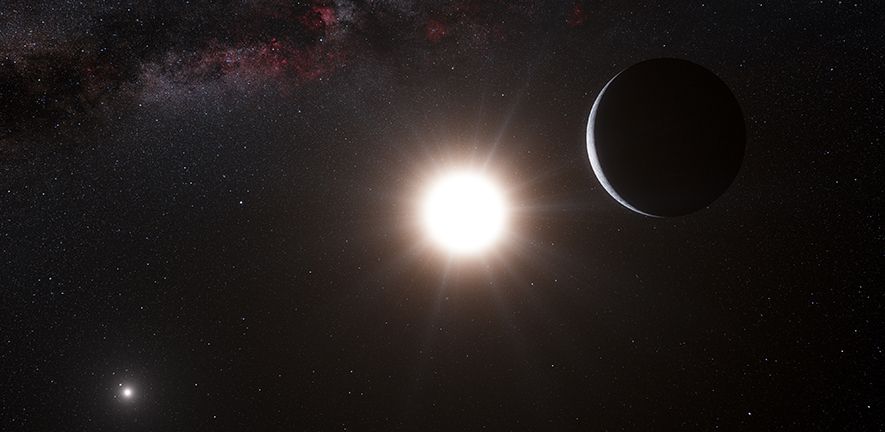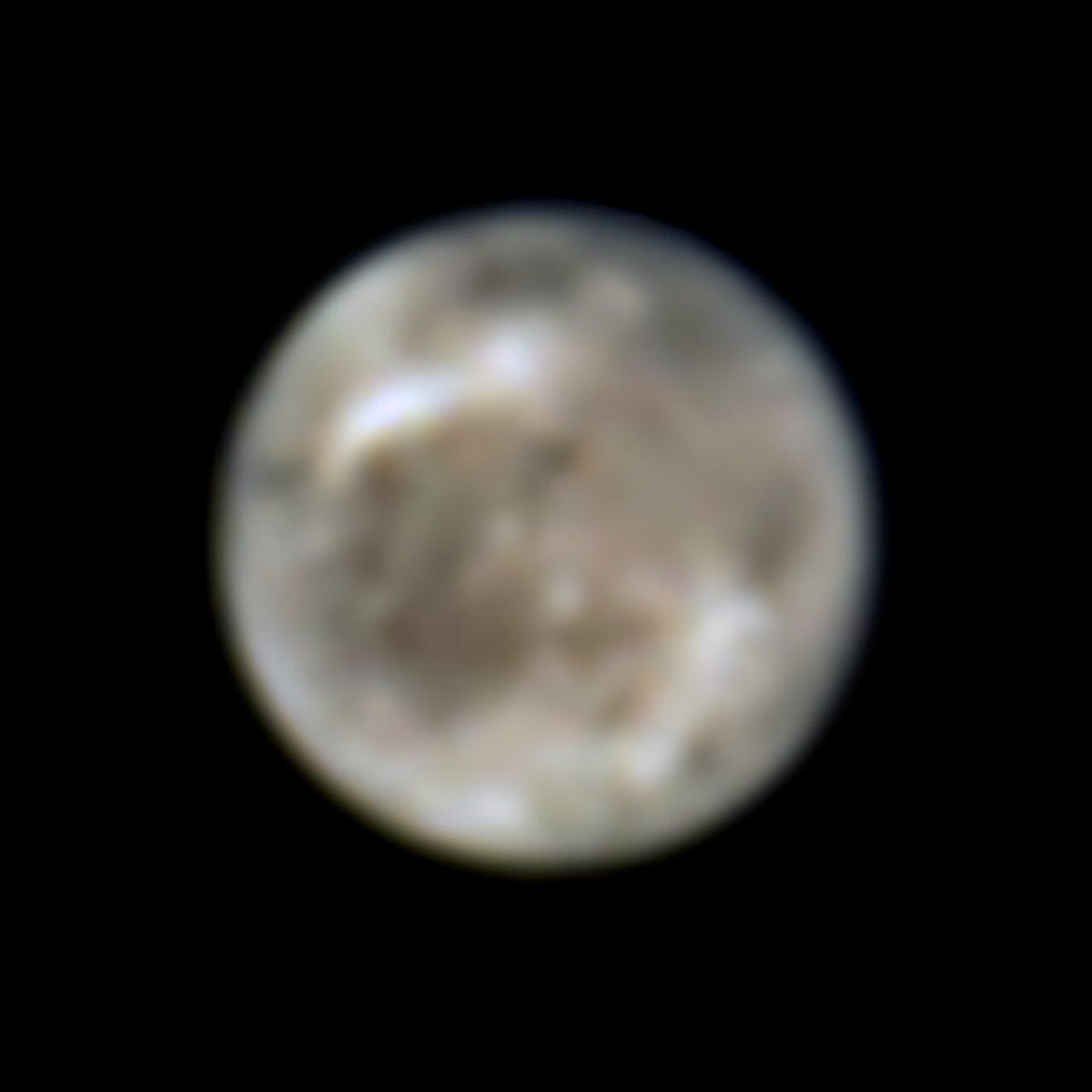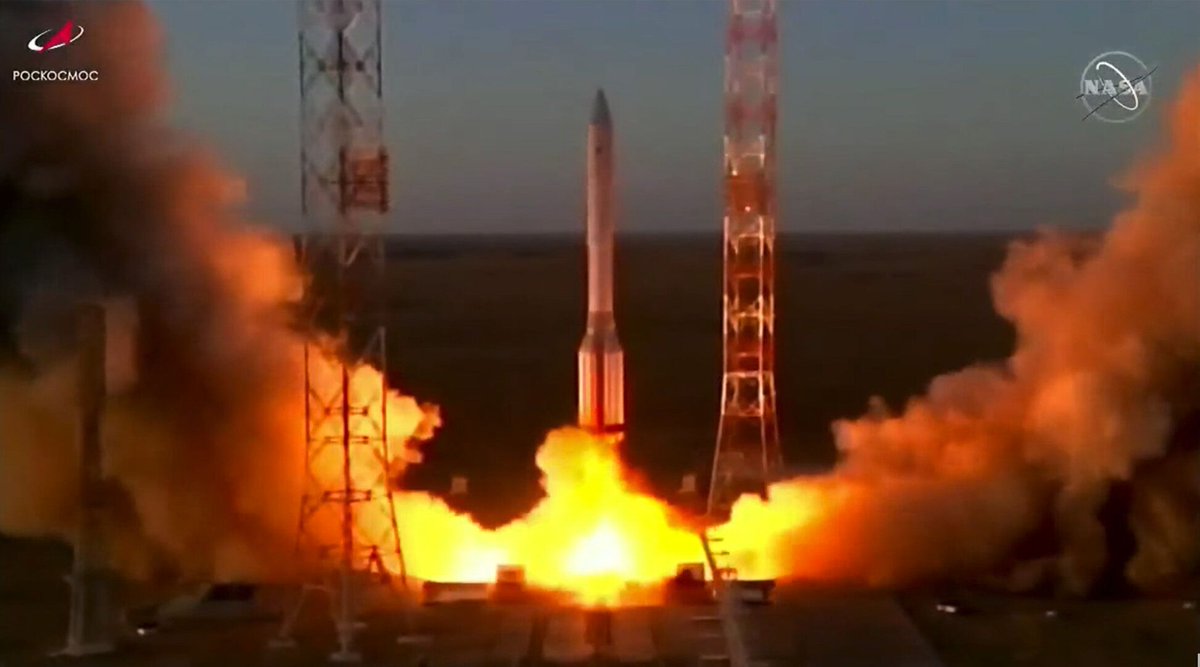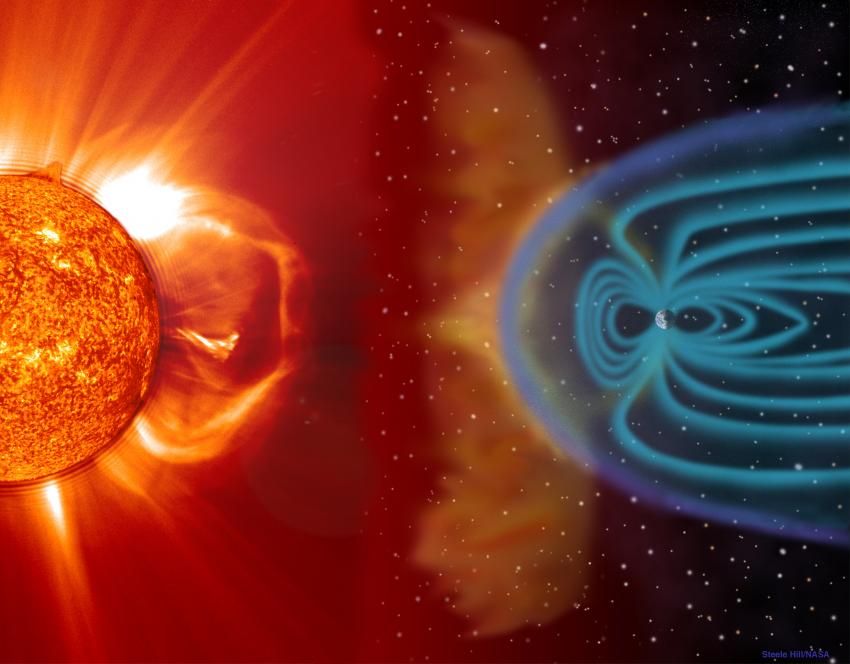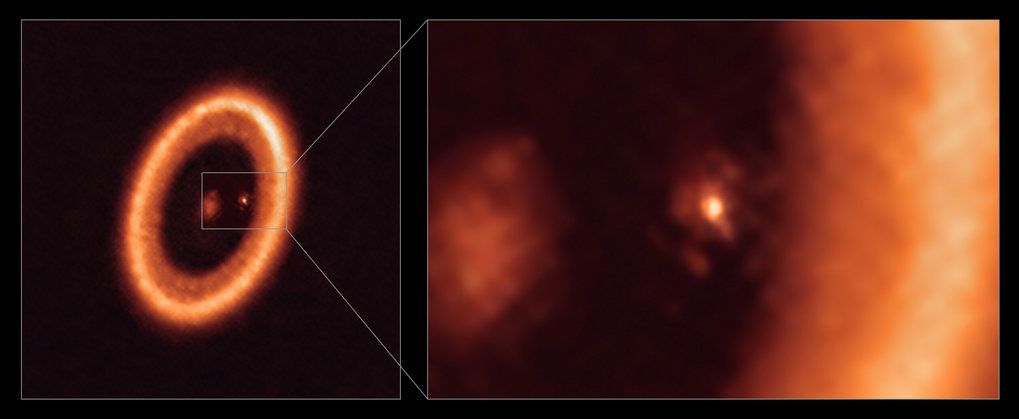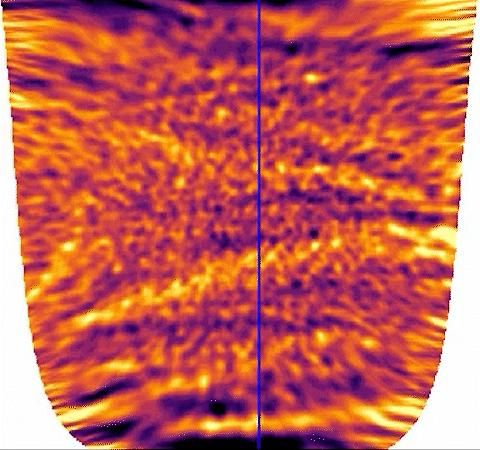The bureaucracy of government control is slowly fading away in space exploration, at least in the US. A series of delays, cost overruns, and imposed requirements have finally started taking its toll on the Space Launch System (SLS), the next generation NASA rocket system. Now, the space agency has finally conceded a point to the commercial launch industry. It has elected to use Space X’s Falcon Heavy to launch one of its upcoming flagship missions – Europa Clipper.
Continue reading “NASA Chooses Falcon Heavy Over SLS to Launch Europa Clipper, Saving About $2 Billion”Lightweight Carbon Fiber Reinforced Plastic Fuel Tanks Pass a Critical Test, and Could Knock a lot of Weight off a Rocket’s dry Mass
Material science is still the unsung hero of space exploration. Rockets are flashier, and control systems more precise, but they are useless without materials that withstand the immense temperatures of forces required to get people and things off the planet. Now a team from MT Aerospace, working on a grant from ESA, has developed a new type of material that will be immensely useful in one of the most important parts of any rocket engine – the fuel tanks.
Continue reading “Lightweight Carbon Fiber Reinforced Plastic Fuel Tanks Pass a Critical Test, and Could Knock a lot of Weight off a Rocket’s dry Mass”Blue Origin Offers a $2 Billion Discount to get Back in the Lunar Lander Game
Blue Origin has been busy lately. They launched their founder, Jeff Bezos, into space and put a bid in on NASA’s new Lunar Lander project. While SpaceX won that contract back in April, Blue Origin has continued to fight for their right to supply the space agency with an alternative lander. And recently, their not-quite-an-astronaut chief had added another fuel to the fire by offering to take $2 billion off the price tag of a Blue Origin lander.
Continue reading “Blue Origin Offers a $2 Billion Discount to get Back in the Lunar Lander Game”Searching for Dark Matter Inside the Earth
Dark matter remains one of the greatest mysteries in science. Despite decades of astronomical evidence for its existence, no one has yet been able to find any sign of it closer to home. There have been dozens of efforts to do so, and one of the most prominent just hit a milestone – the release and analysis of 8 years of data. The IceCube Neutrino Observatory will soon be releasing results from those 8 years, but for now let’s dive in to what exactly they are looking for.
Continue reading “Searching for Dark Matter Inside the Earth”This is how you get Tatooines. Binary Star Planet Formation
One of the less appreciated aspects of George Lucas’ vision for Star Wars was that he predicted the existence of planets in binary star systems years before we saw even the first exoplanet. Now a team from the University of Cambridge and the Max Planck Institute for Extra-terrestrial Physics have found how exactly those planets can form without being torn apart by their accompanying suns.
Continue reading “This is how you get Tatooines. Binary Star Planet Formation”Water Vapour has Been Discovered at Ganymede
Ganymede has been getting alot of attention lately. It was the co-star of a video from Juno recently, and now scientists found something to make it an even more intriguing place visit – water vapor.
Continue reading “Water Vapour has Been Discovered at Ganymede”Europe Launches its new Robotic arm, Which Will Crawl Around the International Space Station Like an Inchworm
The robotic arms of the ISS are some of its most useful tools. The arms, designed by Canadian and Japanese space agencies, have been instrumental in ferrying around astronauts and shepherding modules to one side of the ISS. However, the Russian segment lacked its own robotic arm – until a new one designed by ESA was launched last week.
Continue reading “Europe Launches its new Robotic arm, Which Will Crawl Around the International Space Station Like an Inchworm”When the Sun Dies, Earth’s Magnetosphere won’t Provide Protection any More
The Earth’s magnetic field is an underappreciated wonder of the natural world. It protects our atmosphere, provides some of the most breathtaking scenery when it creates auroras, and allows people to navigate from one side of the world to the other. Unfortunately, it won’t be able to save us from the death of the Sun though. At least that’s the finding of some new research by Dr. Dimitri Veras of the University of Warwick and Dr. Aline Vidotto of Trinity College Dublin.
Continue reading “When the Sun Dies, Earth’s Magnetosphere won’t Provide Protection any More”Incredible! Astronomers see a Moon-Forming Disk Around a Newly Forming Planet
Planetary formation is a complicated, multilayered process. Even with the influx of data on exoplanets, there are still only two known planets that are not yet fully formed. Known as PDS 70b and PDS 70c, the two planets, which were originally found by the Very Large Telescope, are some of the best objects we have to flesh out our planetary formation models. And now, one of them has been confirmed to have a moon-forming disk around it.
Continue reading “Incredible! Astronomers see a Moon-Forming Disk Around a Newly Forming Planet”Observing the Night Side of Venus is Actually Pretty Tricky
Observing the dark side of planets is hard. In the visible spectrum, they are almost unobservable, while in the infrared some heat signatures may come through, but not enough to help see what is going on in a planet’s atmosphere. Now a team from the University of Tokyo think they’ve developed a way to monitor weather patterns on the night side of one of the most difficult planets of all – Venus.
Continue reading “Observing the Night Side of Venus is Actually Pretty Tricky”
